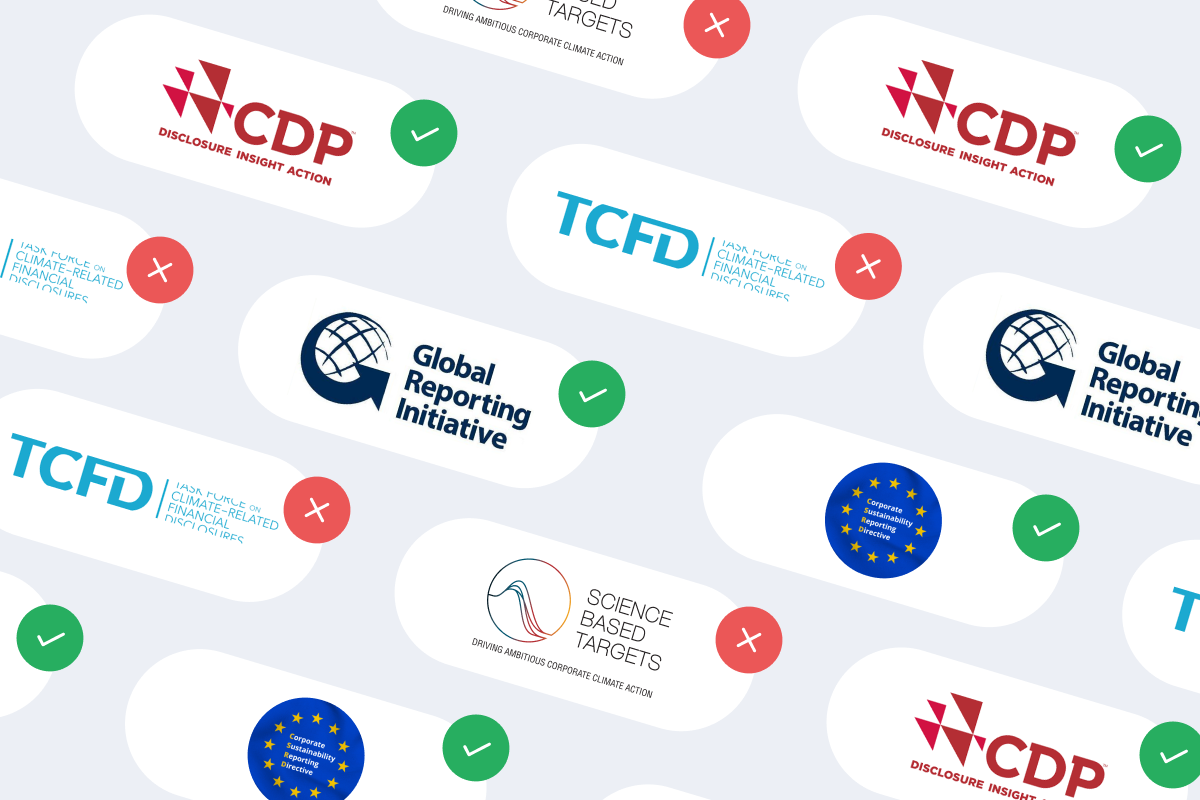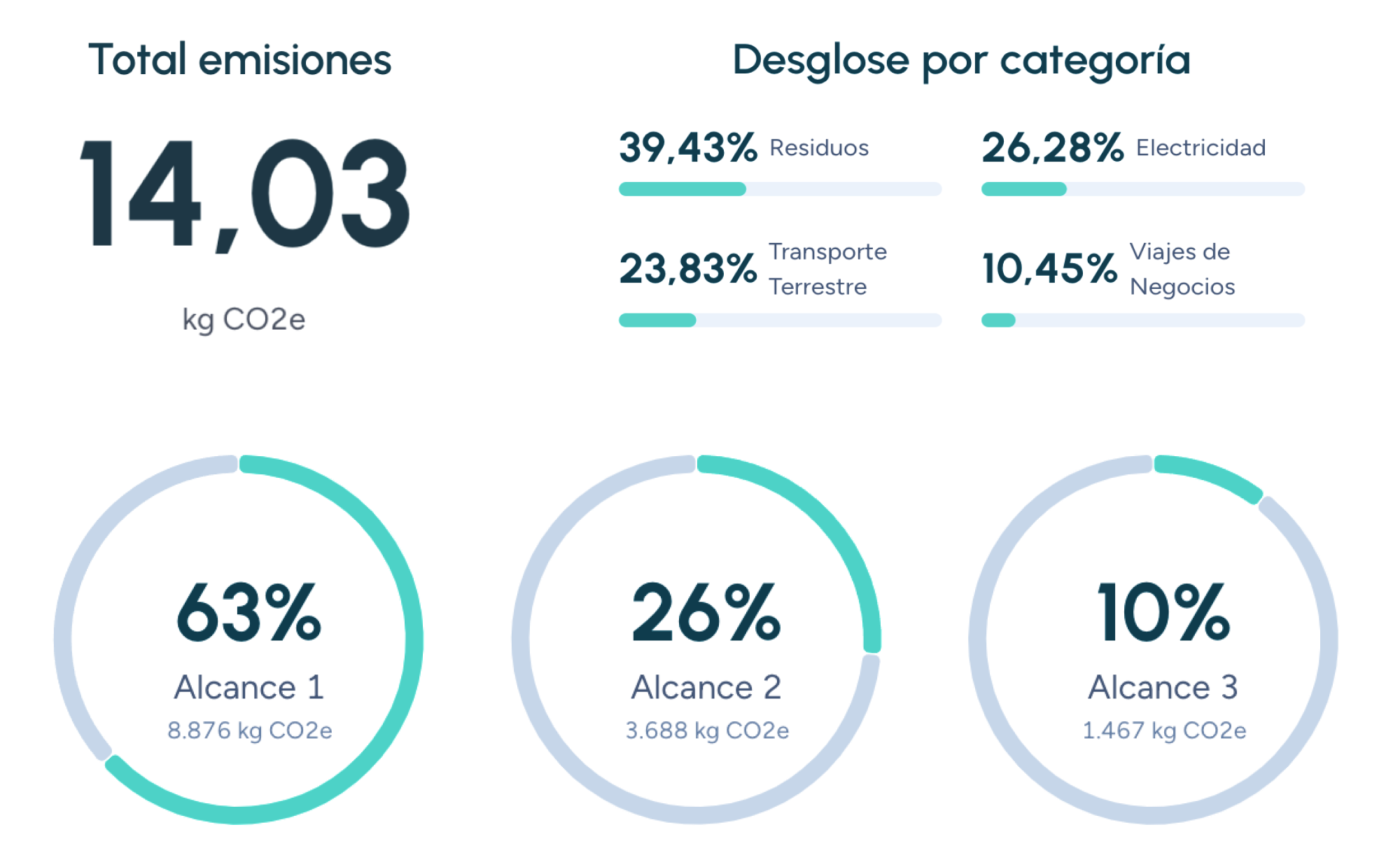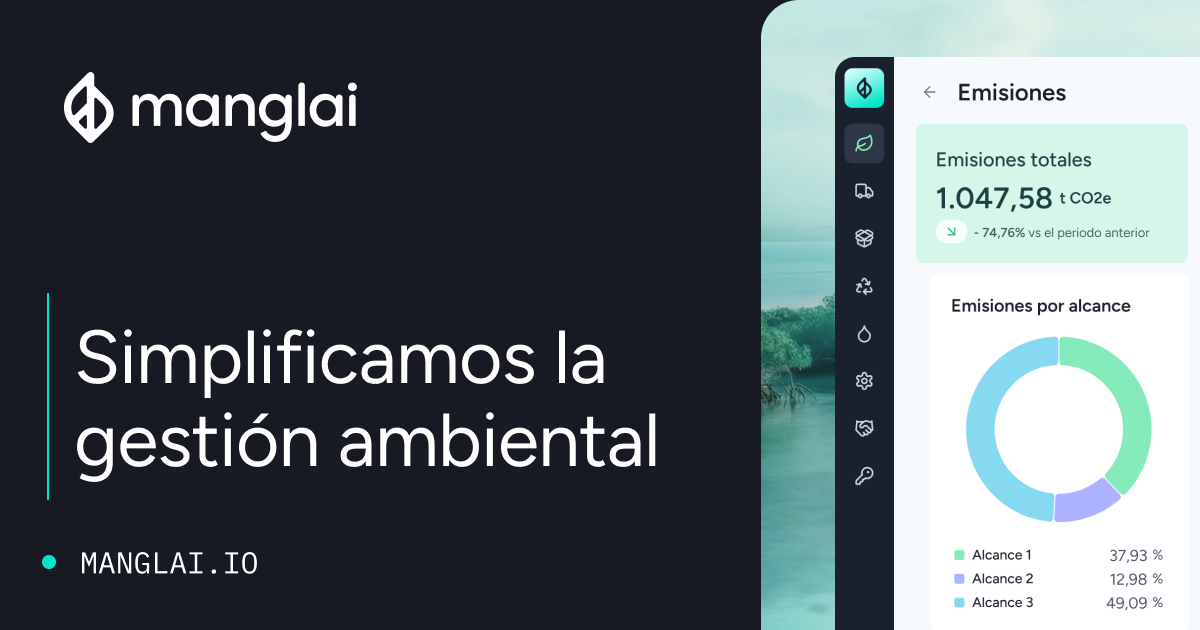Back to the blog
Corporate sustainability
SASB Standards: what they are and how they benefit companies
Carolina Skarupa
Product Carbon Footprint Analyst
The path to corporate sustainability can seem complex, but fortunately, there are tools to make it easier. One of the most relevant sustainability standards for investors and the financial sector is SASB.
In this article, we’ll explore everything you need to know about SASB standards and how they benefit businesses. We’ll delve into their basic concepts, importance, and key details.
What is SASB, and why is it important for companies?
SASB, the acronym for the Sustainability Accounting Standards Board, was created in 2011 to develop sustainability accounting standards to guide organizations.
Reports based on SASB standards provide crucial information about a company’s environmental, social, and governance (ESG) activities, among other relevant areas.
The importance of SASB lies in its ability to:
- Improve communication: SASB acts as a translator between businesses and investors, offering a common language to communicate sustainability information.
- Standardized reporting: It provides a framework for standardized disclosures, making it easier to compare companies and support investor decision-making.
- Focus on materiality: It highlights the most relevant sustainability aspects for a company’s financial success, ensuring the reported information is decision-useful.
Benefits of SASB standards for companies
Implementing SASB standards brings multiple benefits, including:
- Attracting investors: Responsible investors seek companies that are transparent about their sustainability performance.
- Contributing to global sustainability: Aligns business operations with best sustainability practices.
- Facilitating comparison: Enables companies to benchmark themselves against peers and showcase sustainability leadership.
- Improving stakeholder communication: Simplifies engagement with stakeholders about the company’s sustainability commitment.
- Identifying risks and opportunities: Helps uncover sustainability-related risks and opportunities, enhancing business management.
- Enhancing reputation: Strengthens a company’s image by demonstrating commitment to transparency and sustainability.
- Accessing new opportunities: Eases access to financing and credit opportunities that value sustainability.
SASB standards: principles and criteria
SASB standards are based on principles and criteria that ensure sustainability reports are relevant, reliable, and comparable:
- Financial materiality: Reported information must be relevant to the company’s financial condition and useful for investor decision-making.
- Sector-specific focus: Standards are tailored for each sector, considering the unique risks and impacts of different industries.
- Global applicability: Data must be verifiable on a global scale, ensuring reliability and international relevance.
Sectors covered by SASB standards
SASB standards span a wide range of industries, including:
- Consumer goods
- Finance
- Services
- Transportation
- Healthcare
- Technology and communications
- Food and beverages
- Renewable resources and alternative energy
- Minerals processing and extraction
- Resource transformation
How to implement SASB standards in your company
Implementing SASB standards requires a structured approach:
- Identify applicable standards: Determine which SASB standards are relevant to your sector and operations.
- Evaluate current performance: Assess your company’s current performance on issues covered by SASB standards.
- Set objectives: Define clear, measurable goals to improve sustainability performance.
- Create an action plan: Develop a detailed plan outlining the steps needed to achieve these objectives.
- Train your team: Provide staff with training on SASB standards and their application.
- Monitor progress: Regularly track progress toward goals and adjust the plan as needed.
Tools like those provided by Manglai make evaluations easier and deliver reliable results.
Preparing and disclosing SASB reports
Creating and sharing reports aligned with SASB standards involves:
- Data collection and analysis: Gather relevant qualitative and quantitative data on identified material topics and analyze their impact on the company.
- Clear and concise reporting: Present information in a clear and easy-to-understand format for stakeholders.
- Best disclosure practices: Use various channels and strategies to share sustainability reports with stakeholders, including customers, investors, and the public.
SASB standards vs other sustainability frameworks
SASB standards complement other sustainability frameworks:
- SASB vs GRI
- SASB: Sector-specific standards focusing on financial materiality and investor-relevant information.
- GRI: A broader framework applicable to all sectors, addressing a wider range of economic, environmental, and social impacts.
- SASB vs TCFD
- SASB: Focuses on disclosing financially relevant sustainability information.
- TCFD: Emphasizes identifying and managing climate-related risks and opportunities.
- SASB vs CDP
- SASB: Highlights financial information relevant to investors.
- CDP: Focuses on climate change, greenhouse gas emissions, and corporate strategies to address these global challenges.
How Manglai helps you understand SASB standards
At Manglai, we specialize in carbon footprint measurement and are experts in GHG protocols and ISO 14064. We can help you better understand SASB standards and identify those most relevant to your company.
Our solutions enable you to collect data, analyze your environmental impact, and create high-quality sustainability reports that meet stakeholder expectations.
Carolina Skarupa
Product Carbon Footprint Analyst
About the author
Graduated in Industrial Engineering and Management from the Karlsruhe Institute of Technology, with a master’s degree in Environmental Management and Conservation from the University of Cádiz. I'm a Product Carbon Footprint Analyst at Manglai, advising clients on measuring their carbon footprint. I specialize in developing programs aimed at the Sustainable Development Goals for companies. My commitment to environmental preservation is key to the implementation of action plans within the corporate sector.
Content
Companies that trust us

Implementing the GLEC Framework in Logistics: Emissions Calculation and Fleet Optimization
Discover how to apply the GLEC Framework to measure logistics emissions, comply with ISO 14083, and optimize fleets.
10 November, 2025
How to Communicate your Decarbonization Strategy and Avoid Greenwashing
Learn how to communicate your decarbonization strategy with transparency and verified data. Avoid greenwashing and build customer trust.
15 October, 2025
Transition Risk: What it means for Corporate Strategy
Learn how businesses can navigate transition risks related to climate policies and economic shifts.
14 May, 2025
Guiding businesses towards net-zero emissions through AI-driven solutions.
© 2025 Manglai. All rights reserved
Política de Privacidad


